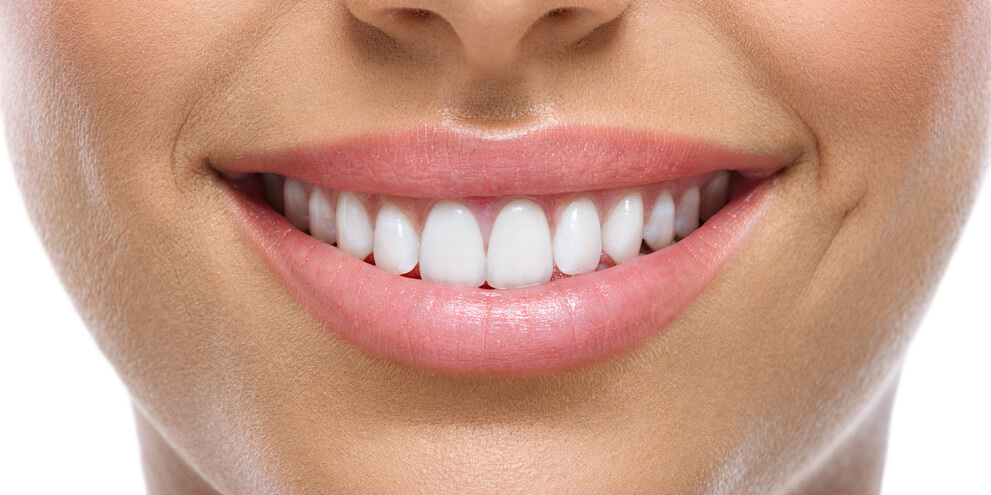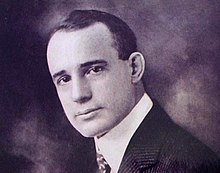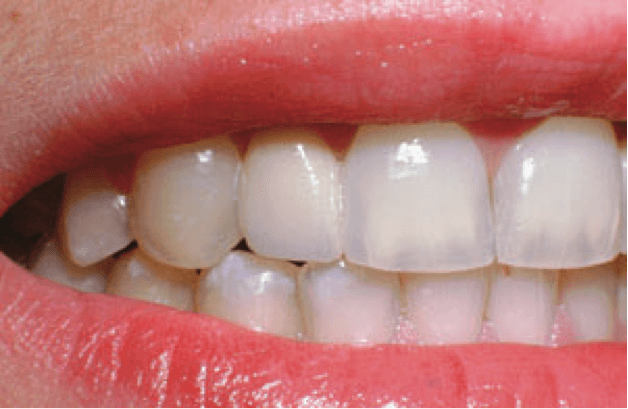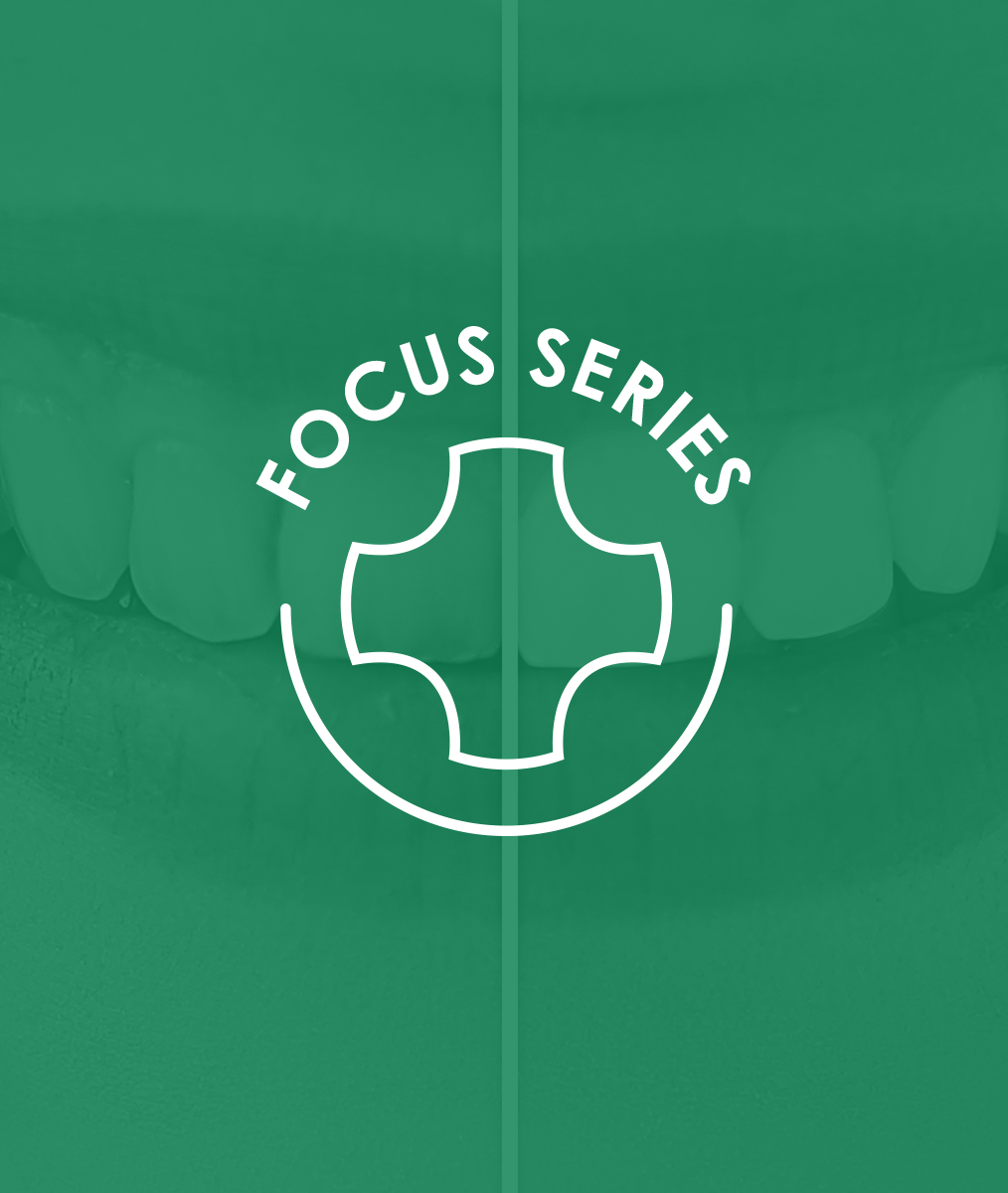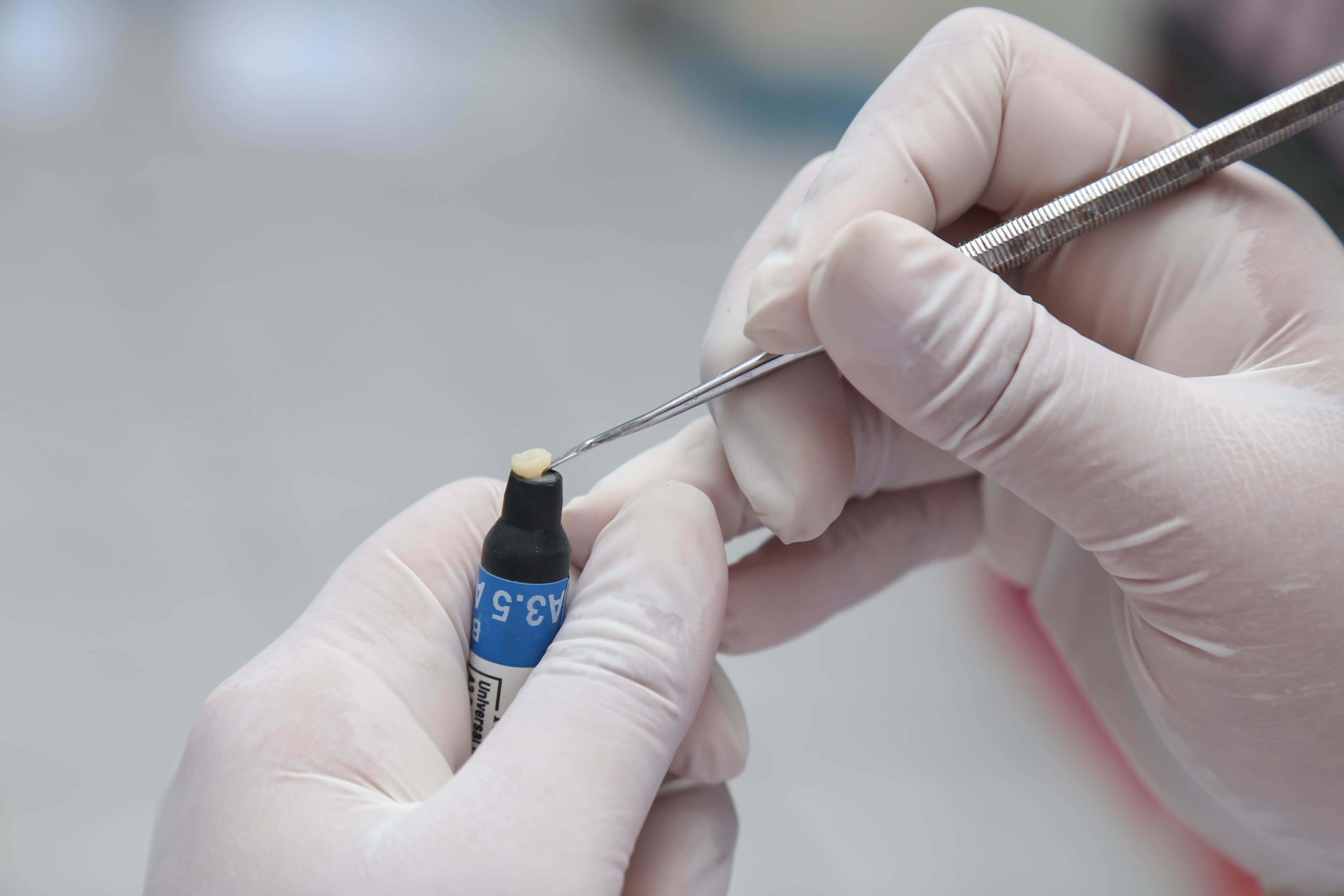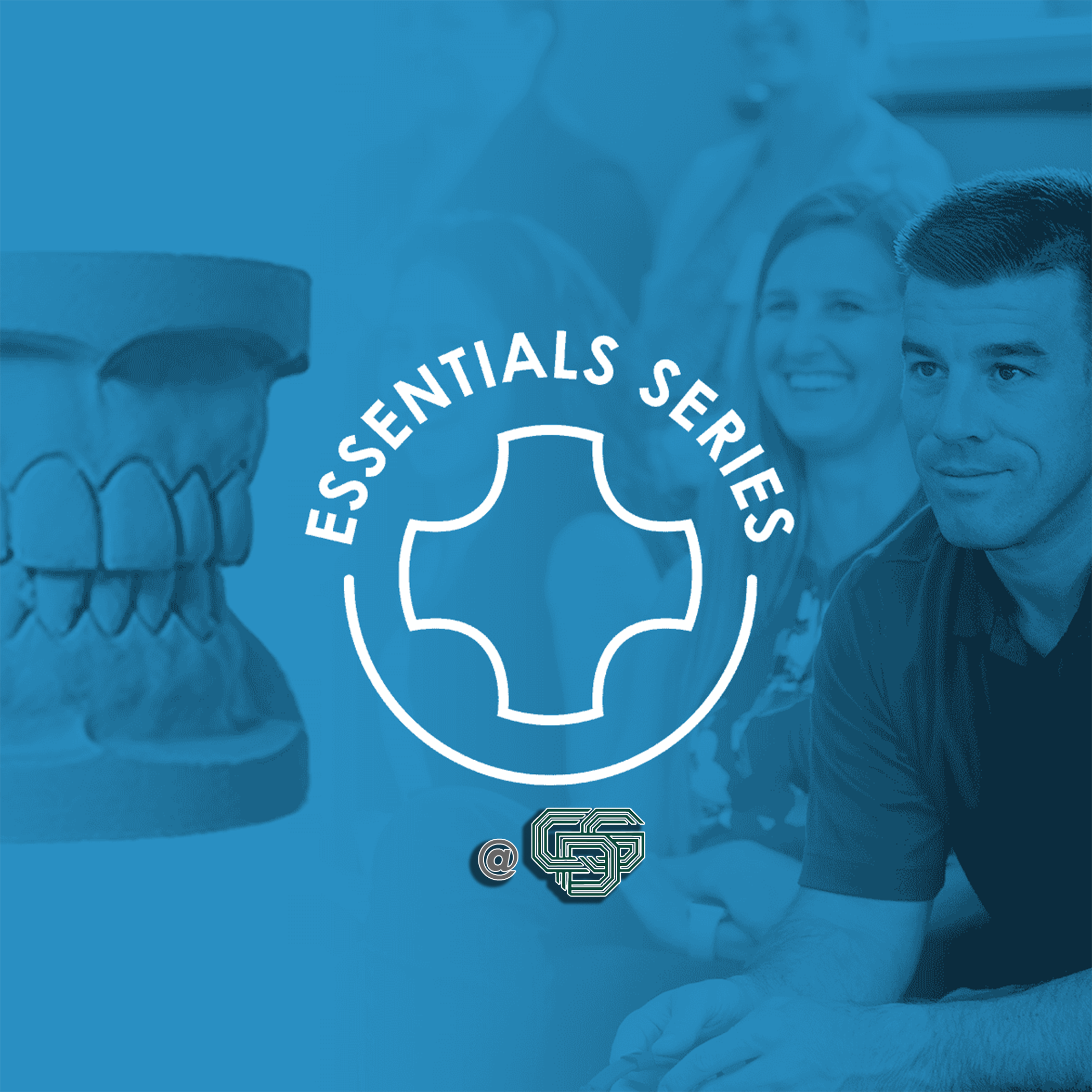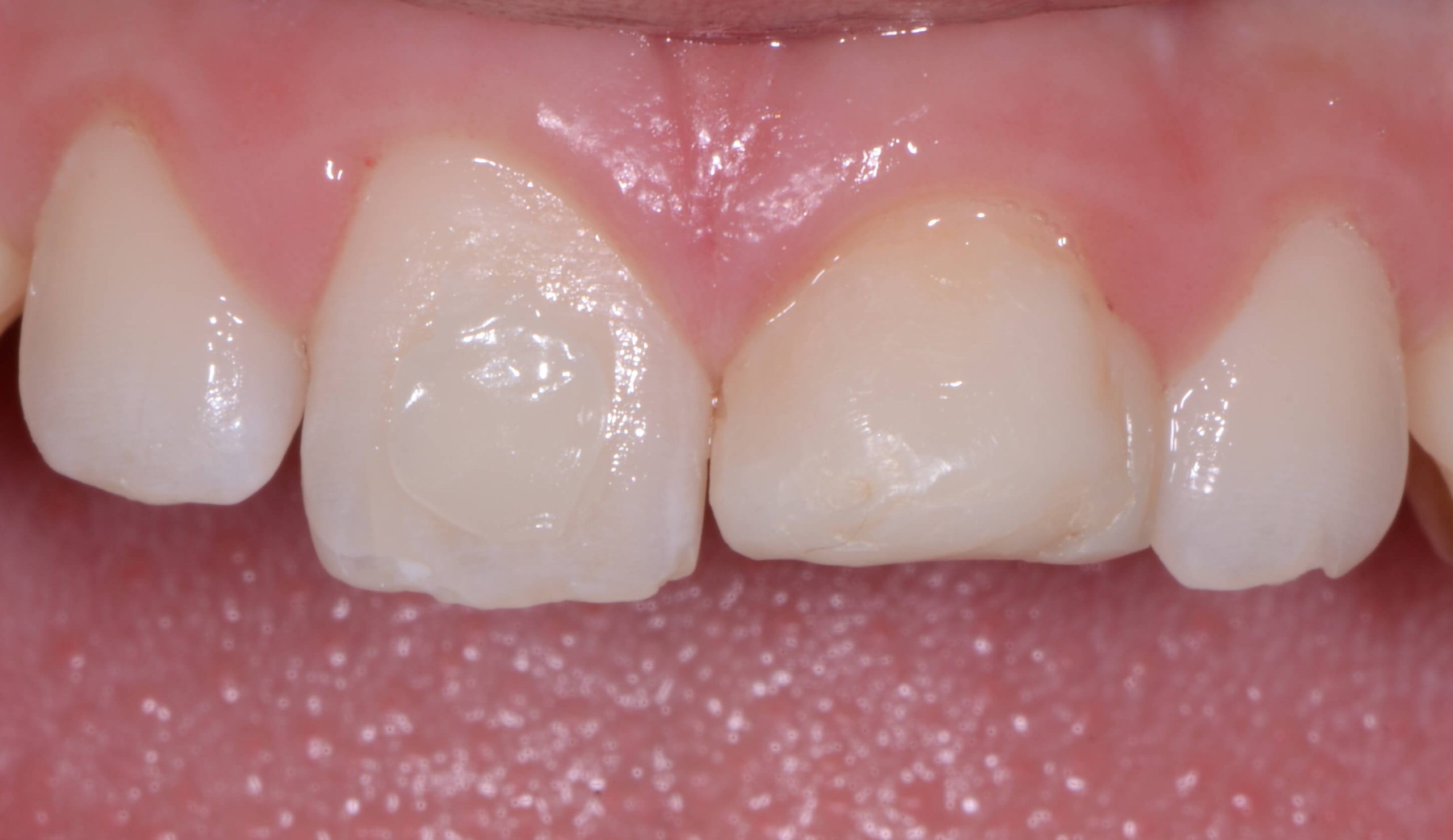One Sentence That Changed My Practice: Part 2
When we ask patients what they really want, we can drastically improve our case acceptance.
In my last blog, I talked about the path that led me to start asking patients: “Is there anything about the way your teeth look that you would like to change?”
Surprisingly, this one sentence has transformed my practice. The answers often surprise me. Countless patients with chipping, crowded, discolored teeth respond without hesitation, “Nope!” and many others with what I think are quite lovely smiles respond with a laundry list of things they would like changed.
Transforming Your Dental Practice
Now that I wait for patients to tell me what they want, I no longer waste time on case work-ups that never turn into productive treatment. And because I found a way to zero in on the cases that I like doing the most, I have transformed my practice into one where I get to do more of the procedures that give me a higher level of satisfaction and happen to also be quite profitable.
My message is this: First, figure out what your dream practice looks like. I think the best way to do this is to pursue high quality continuing dental education, get a great foundation in comprehensive dentistry, and find the areas you like most.
Second, figure out how to do more of those things. Find ways to give patients permission to ask you for that treatment. If you love treating TMD, allow patients to uncover problems that will get them excited about the treatment you can provide to alleviate their pain. If you love seeing infants with tongue-ties, include questions on your new patient paperwork about breastfeeding. If you love placing implants, make sure your patients know you can provide them with long-term solutions for missing or hopeless teeth.
Now that’s not to say that all I do all day is esthetic dentistry. I do plenty of posterior composites and single-unit crowns. However, having some challenging esthetic cases in progress, the ones that give me a lot of gratification and really do change lives make dentistry so much more enjoyable.
Define your dream practice and eventually you may find yourself living it.
Related Course
E3: Restorative Integration of Form & Function
DATE: October 13 2024 @ 8:00 am - October 17 2024 @ 2:30 pmThis Course Is Sold Out! Understanding that “form follows function” is critical for knowing how to blend what looks good with what predictably functions well. E3 is the phase of…
Learn More>
